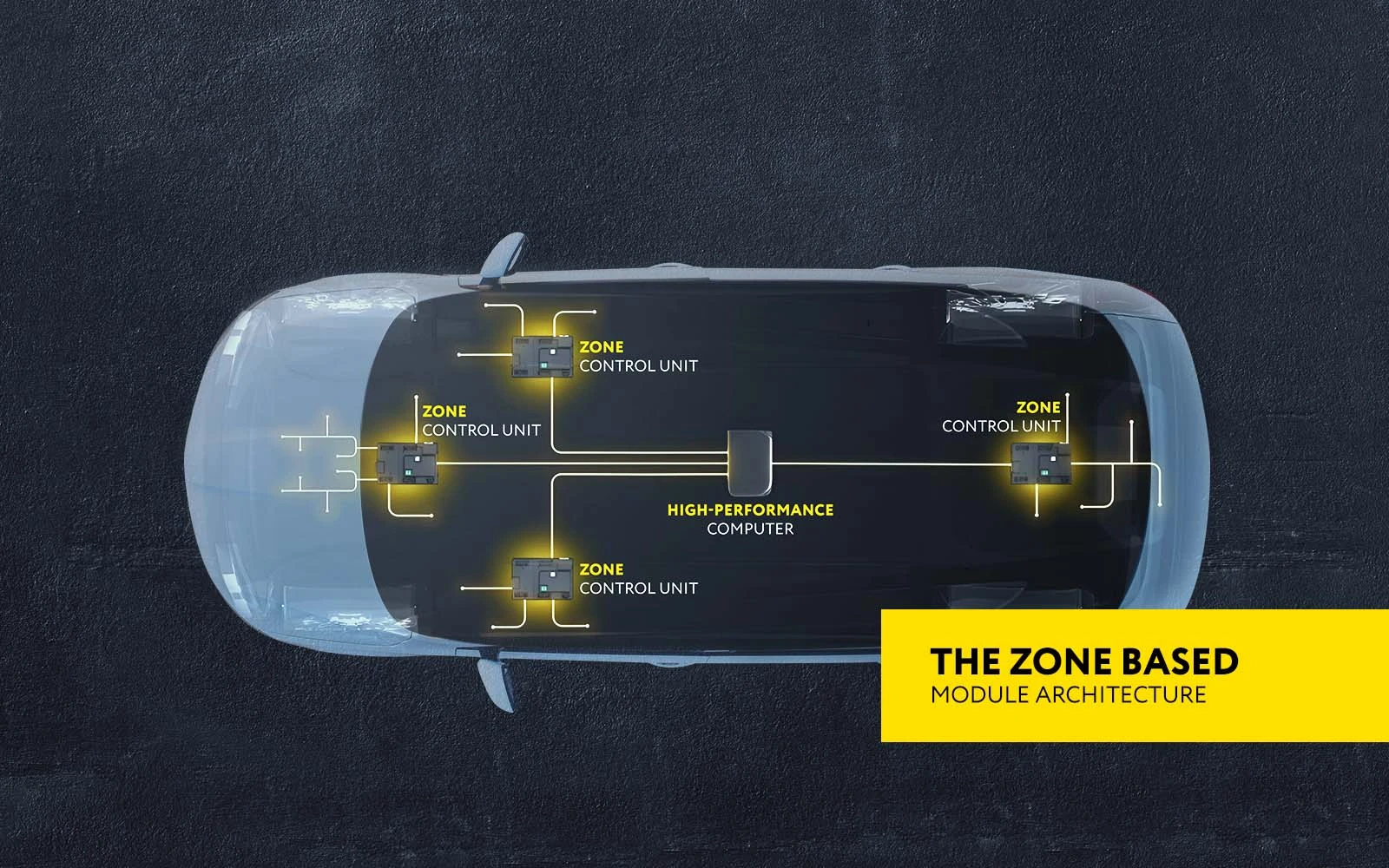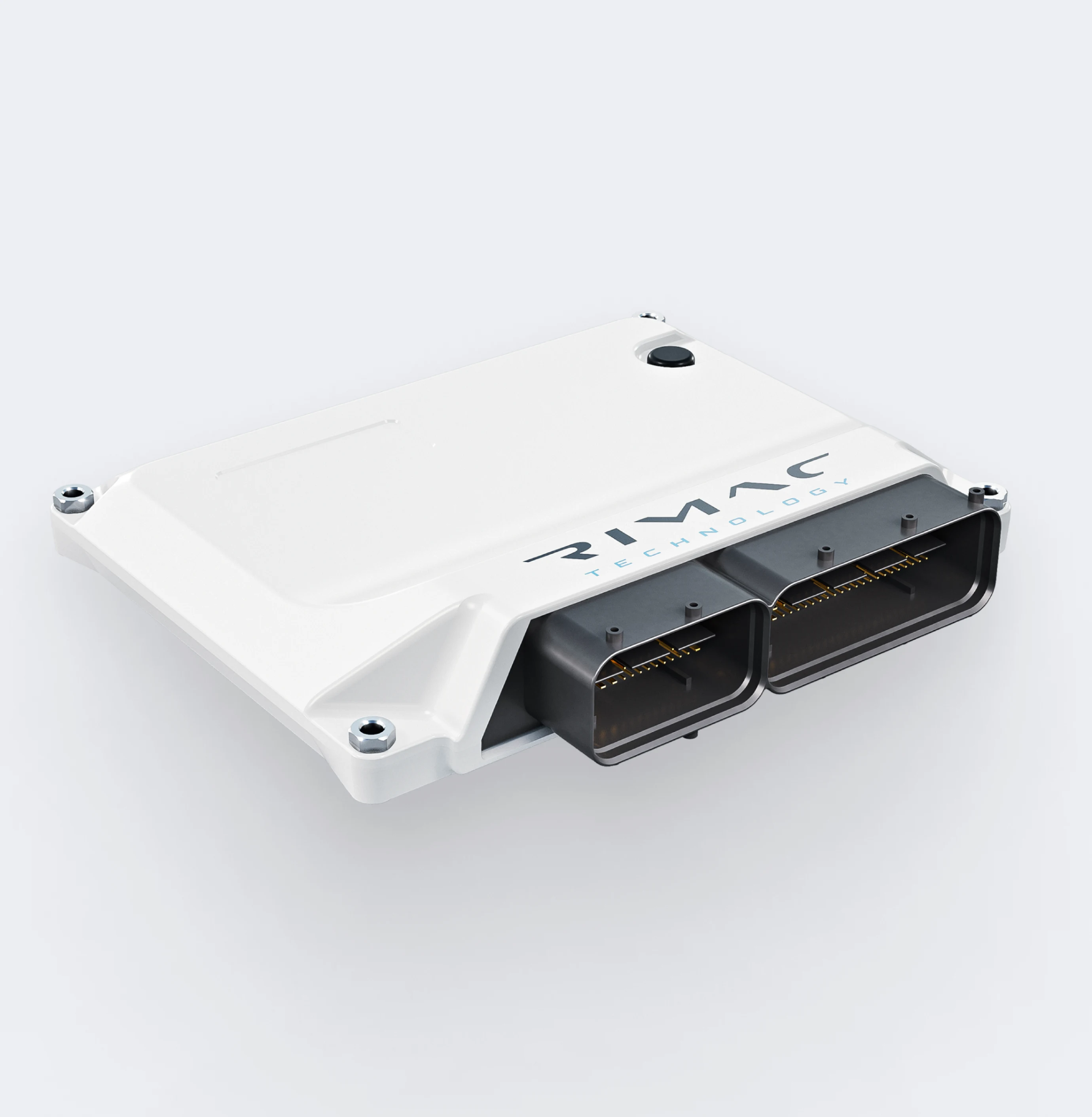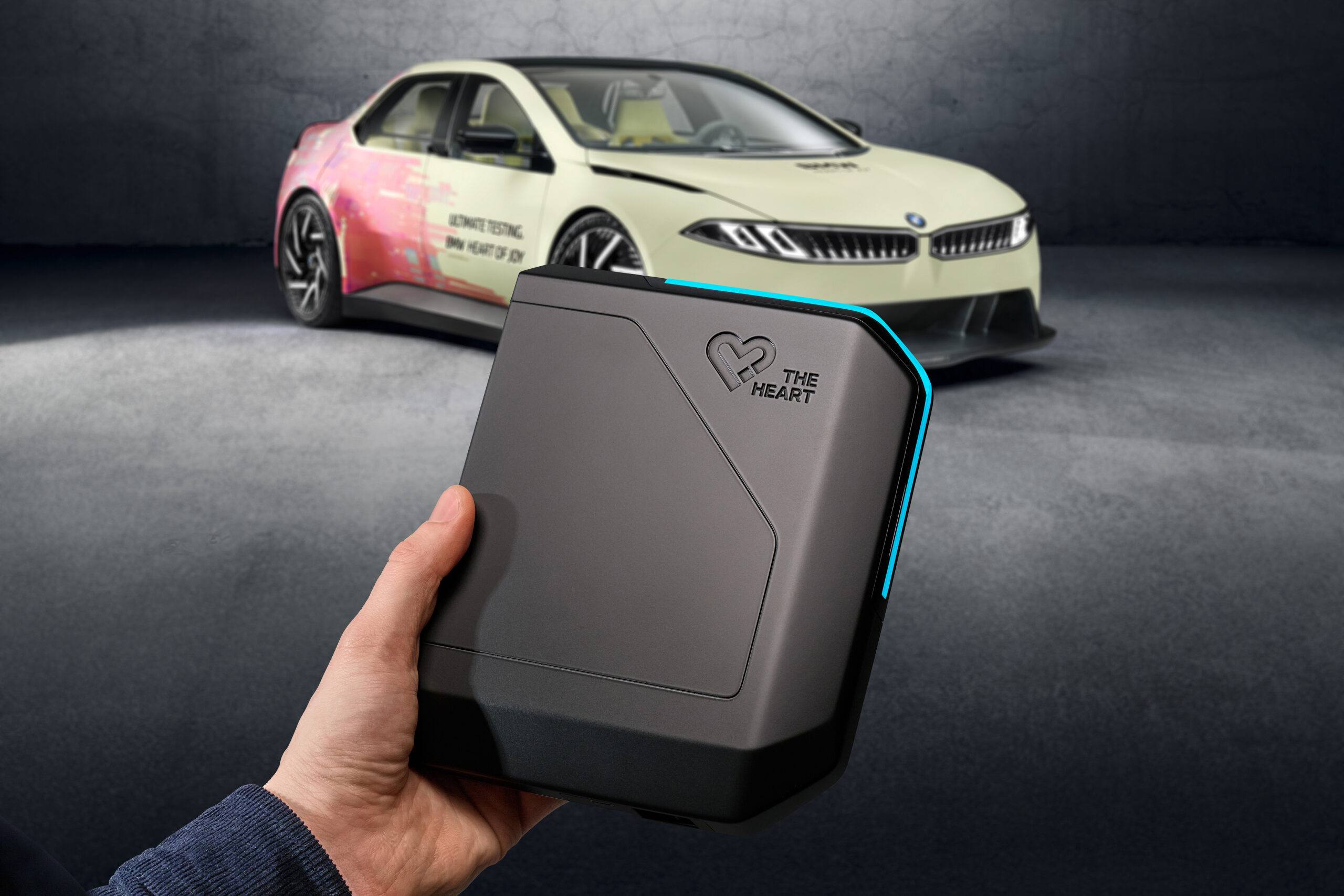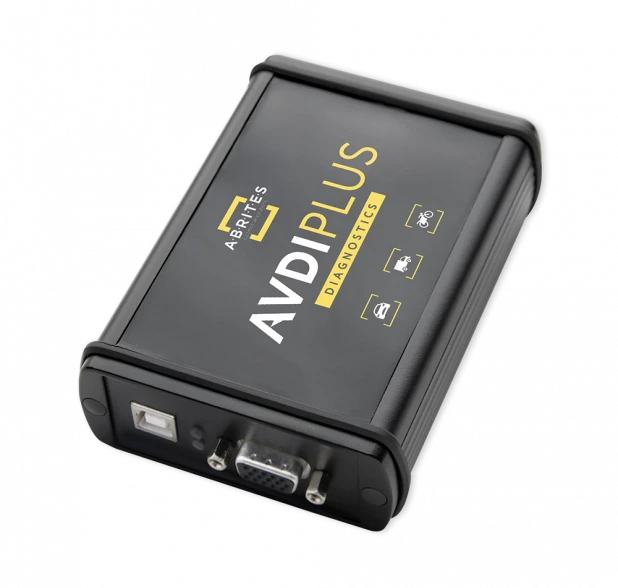
The Zone Based Module Architecture – Real Breakthrough or Just Hype?
I . Introduction: I recently saw an Instagram reel of Mate Rimac, a man I deeply admire for his achievements.
This post got me thinking about the zone-based module architecture in vehicles. We heard Mate talk how in the Bugatti Tourbillion they reduce the over 20 electronic control modules previously installed in his Rimac Nevera to just 3 and that got me thinking. Obviously, this is not something new – we have seen similar ideas in Teslas and we are now seeing that BMW are also pushing towards the same direction. Here is what we know about zonal modular architecture in vehicles today: The zone structure of modules in vehicles refers to an architectural approach where electronic control units (ECUs) are organized based on specific physical or functional zones within the vehicle. In contrast, module systems where each ECU handles a dedicated task tend to follow a more centralized or task-specific design.

II. Definition, benefits and disadvantages of the Zone-Based Module Architecture:
- Definition: Divides the vehicle into distinct zones (e.g., front, rear, left, right, powertrain, body, infotainment), with modules responsible for multiple functions within a specific zone.
- Advantages:
- Simplified Wiring: By grouping related functions together, wiring complexity can be reduced.
- Improved Scalability: Easier to add or update functions within a zone without extensive reconfiguration.
- Enhanced Fault Tolerance: Failures can be contained within a zone, minimizing impact on other areas.
- Better Integration: Facilitates centralized data management and coordination within zones.
3. There are also some disadvantages:
- Increased Complexity in Design and Integration: Managing multiple functions within a zone requires complex software architecture and careful coordination among various modules, leading to higher development complexity
- Potential for Cross-Communication Failures: Since a zone controller manages multiple functions, a failure or communication issue within a zone can affect multiple vehicle systems simultaneously
- Higher Initial Development Costs: Developing integrated zone modules can be more expensive upfront due to advanced hardware requirements and sophisticated software development
- Limited Flexibility for Functional Upgrades: Changes or upgrades to individual functions within a zone may require reprogramming or replacing entire zone modules, reducing flexibility compared to dedicated ECUs
- Complex Troubleshooting and Diagnostics: Diagnosing issues can be more challenging because multiple functions are combined within a single zone controller, making it harder to isolate faults
- Dependence on Robust Network Protocols: The architecture relies heavily on effective network communication (e.g., CAN, Ethernet), and network failures can impact multiple zones and functions simultaneously
- Potential for Overloading Zones: As more functions are integrated into a zone controller, there’s a risk of processing overload, which may affect overall system performance
III. Is it possible to claim that this is the future of module architecture?
Every part will need to be perfect and in a perfect world it will be. However, as it is with anything – the world is not a perfect place. We need to know that the new architecture carries risks. If you have three modules in the whole vehicle and one of them goes out, you may theoretically be left with a 2-ton paperweight. This is why I believe that the architecture of the near future will certainly be more of a hybrid. Even now the ABS and SRS systems are still separate from the zonal architecture, and this is logical because we do not want to see the occupants at risk. Therefore, until we are certain that zonal modules can handle the stress we seem to be sticking to the original formula.
The new formula is very tempting and looks logical. But there is a darker side to zonal architecture. A BDC module replacement because of the rear wiper…
As is the case with anything – we need to proceed with caution, let’s see how the architecture fairs in the Bugatti and Rimac cars, see how it fairs there, then see how the “Heart of Joy” in BMWs does and then we will know.
Although technology appears to be at least 5 years into the future it is good to know what it is now and think about what we are going to do to overcome the next generation of diagnostic challenges. So, to answer the question – Is it the future or just a hype to sell € 3,000,000 cars?
- It seems that the direction is set and only time will tell.

Until next week, try to have fun at work!
ALEK

 AVDI
AVDI